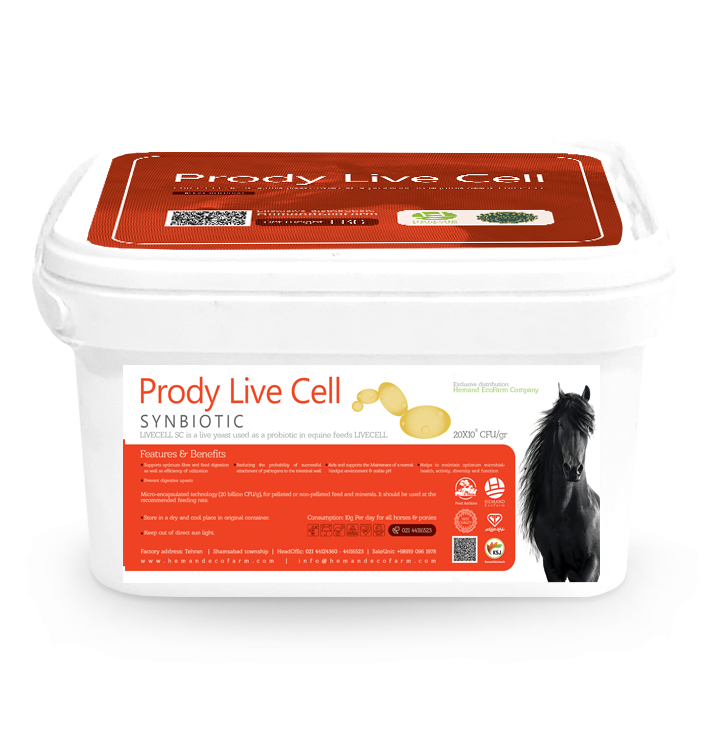
The diet of horses contains a high level of fiber, which is digested in the large intestine through microbial fermentation. A stable microbial population is essential for digesting these dietary sources and generating energy. In this regard, incorporating a probiotic into the feed is highly beneficial for gut health and the nutritional performance of horses.LiveCell,high-performance probiotic supplement developed by Hemand, enhances energy levels, protein absorption, and the digestibility of minerals.

The diet of horses contains a high level of fiber, which is digested in the large intestine through microbial fermentation. A stable microbial population is essential for digesting these dietary sources and generating energy. In this regard, incorporating a probiotic into the feed is highly beneficial for gut health and the nutritional performance of horses.
LiveCell, a high-performance probiotic supplement developed by Hemand, enhances energy levels, protein absorption, and the digestibility of minerals.
LiveCell probiotic consumes oxygen, enabling anaerobic microorganisms to function more effectively. This stimulates the activity and reproduction of gut microflora, leading to enhanced fiber digestion and increased energy production.
Using LiveCell probiotic in the diet of growing foals and horses preparing for their initial training improves protein digestibility. This enhances access to essential amino acids required by horses.
Most of the phosphorus in a horse's diet is locked within phytate compounds. Releasing phosphorus requires the breakdown of phytate, which is achieved by fiber-digesting microbes in the large intestine through the production of the enzyme phytase. Research conducted by Hemand specialists has shown that horses fed with LiveCell exhibit improved phosphorus and calcium digestibility, making these minerals more available for absorption in the intestine.
Sudden changes in a horse's diet can disrupt microbial balance in the large intestine, leading to health issues such as acidosis, colic, or laminitis. For example, a diet high in starch can result in undigested starch passing into the large intestine, accelerating fermentation, increasing lactic acid production, and lowering the pH of the gut. This disrupts beneficial fiber-digesting bacteria, leading to endotoxin production, which enters the bloodstream through the intestinal walls and triggers inflammatory responses (laminitis). Prolonged issues can result in intestinal ulcers and colic.
One effective way to address this problem is through the use of LiveCell. It has been shown to have a buffering effect, reducing lactic acid production and stabilizing intestinal pH levels.